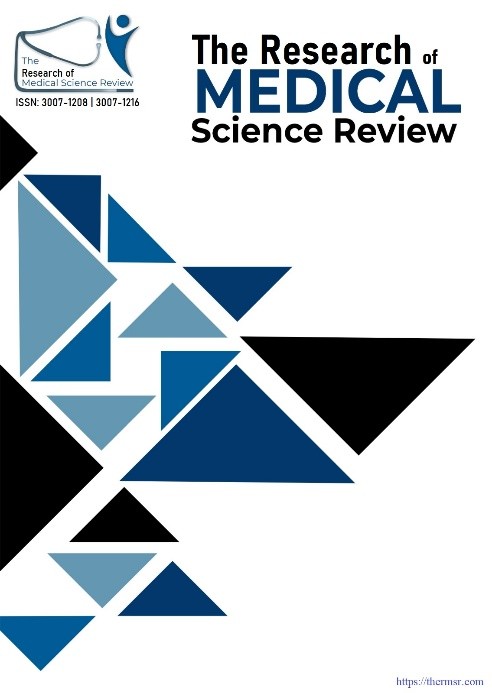CLINICAL OUTCOMES OF OPEN ABDOMINAL AND THORACO-ABDOMINAL AORTIC ANEURYSM REPAIRS AT A LEVEL 1 TRAUMA CENTER IN KARACHI: IMMEDIATE AND MID-TERM PERSPECTIVES
Main Article Content
Abstract
Background: Abdominal and thoracoabdominal aortic aneurysms (AAA/TAAA) are progressive, life-threatening dilatations of the aorta, associated with mortality rates ranging from 3–8%. In resource-limited settings, open surgical repair (OSR) remains the more durable and feasible treatment option.
Objectives: to describe patient characteristics, clinical presentations, and surgical outcomes of AAA and TAAA patients treated at Shaheed Mohtarma Benazir Bhutto Institute of Trauma, Karachi.
Study Design: A retrospective observational study.
Place and Duration of study. a tertiary care hospital between January 2019 and December 2023.
Methods: This retrospective observational study included 24 adult patients (≥18 years) who underwent open surgical repair for abdominal or thoracoabdominal aortic aneurysms (AAA/TAAA) at a tertiary care hospital between January 2019 and December 2023. Patients with co-existing aortic dissection were excluded. Data were collected using a pre-designed proforma covering demographics, clinical presentation, and surgical outcomes. Early (≤30 days) and mid-term complications, 1-year survival, and mortality rates were analyzed.
Results: A total of 20 patients underwent open surgical repair for abdominal aortic aneurysm (AAA), with a mean age of 53.6 years. All were symptomatic, most commonly presenting with abdominal pain (75%) and a median symptom duration of 1.5 months. The mean operative time was 7.3 hours, median blood loss was 700 mL, and mean hospital stay was approximately 10 days. Immediate postoperative complications included acute kidney injury (10%), pneumonia (10%), and one acute coronary event. Early complications included ileus (15%) and surgical site infection (15%), along with isolated cases of wound dehiscence and graft infection. Late complications comprised incisional hernia (n=2), sexual dysfunction, intestinal obstruction, and lower limb ischemia (n=1 each). The overall 1-year survival rate was 72.7%. Additionally, four patients with thoracoabdominal aortic aneurysms (TAAA) underwent surgery, with a 1-year survival rate of 50%.
Conclusion: Open surgical repair remains a durable and effective treatment option for AAA and TAAA in resource-limited settings, with acceptable complication and survival rates.
Downloads
Article Details
Section

This work is licensed under a Creative Commons Attribution-NonCommercial-NoDerivatives 4.0 International License.
